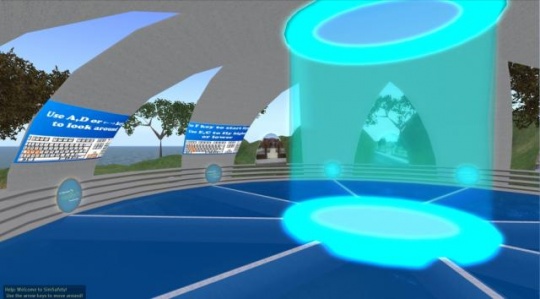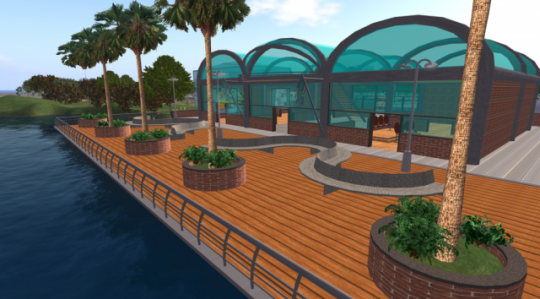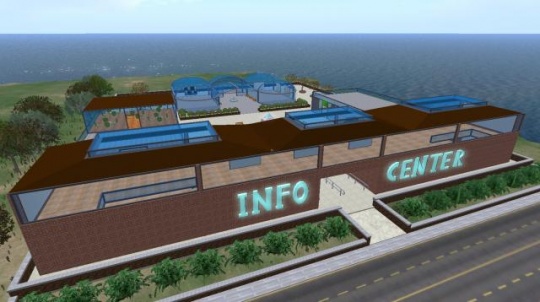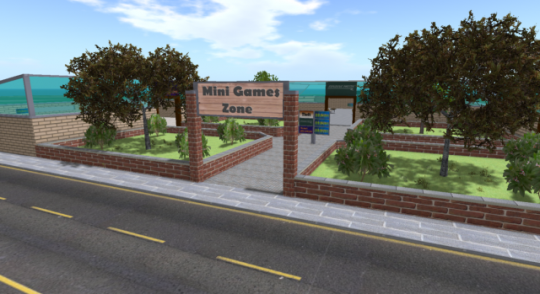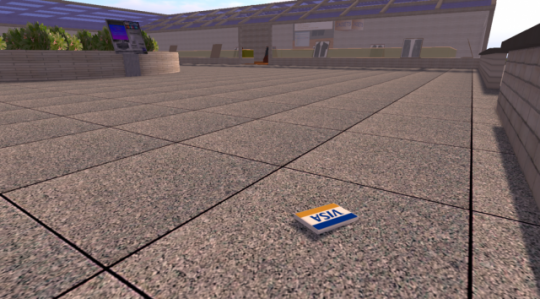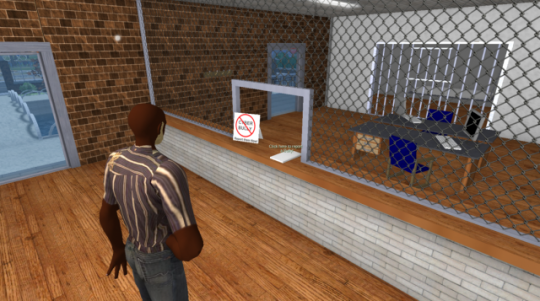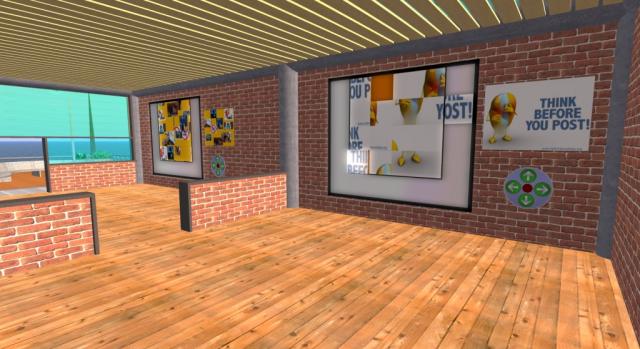InetRisks - Changing Attitudes of Adults (parents) on Internet-Related Risks for Young Adolescents
|
The InetRisks Project was funded under the Research Promotion Foundation's Framework Programme for Research, Technological Development and Innovation - Desmi 2008. The project was coordinated by the Cyprus Neuroscience and Technology Institute, Cyprus and was carried out in collaboration with partners from Cyprus and Greece.
Background
The very difference between real Internet-related risks and Internet-related risks as perceived by adults (parents) could constitute a new type of risk in itself. There is a similar difference between the means to deal with these risks and the means to deal with these risks as perceived by adults (parents). The conception adults (parents) have on what (their) children do when they “play” (spend time) on the Internet is largely based on ignorance; certainly experiential ignorance in that they have not “played” (spent time) on such activities themselves and often ‘literate ignorance’ in that they have not studied the matter. Media and church hype add insult to injury. Furthermore, there is a difference between the real attitude of adults (parents) towards their children (in general, and with respect to their children’s activities on the Internet) and their self-perceived attitude. There is a further difference between their real attitudes and the results of their behavior. The project studied the attitude of such adults towards the fact that their children immerse themselves into video games (Second Life in particular). Specifically, the project team studied the change in attitudes of the adults regarding the activities of their children and the risks related before and after they had an opportunity to “play” along with their children for several months. The project addressed Internet safety issues with the aim to achieve an in-depth understanding regarding safety breaches and protective measures and actions, primarily within the family environment. For this purpose, a limited section of the Online Virtual Environment, Second Life, was customized to host study teams who were playing on the Internet and were “exposed” to real risks in a controlled way. Project participants developed skills in recognizing safety pitfalls and dealing with them as well as appreciated Internet Risks in their true dimension.
Products of the Simsafety project
The project partners:
- The Project Portal has been launched early in the project with the dual aim of supporting project partner work and the online community of teachers, parents and pupils. It also serves as a means for broad dissemination of project products and results and as the “access point” for the game environment.
- The Game Conceptual Design describes an innovative pedagogical approach in confronting a major issue these days, that of equipping current and future Internet users with the appropriate knowledge, skills and concepts in order to be able to take advantage of the outstanding potential of the Internet without running its risks. Communicative Action Theory and Social Theory were used, among others, as a framework to describe the potential of an educational Role-playing Game (RPGs) hosted on a Virtual Online Environment to provide opportunities for players to think critically and analytically about information and situations encountered, develop a clear understanding of potential risks through “trial and error” approaches and creatively apply the resultant new knowledge in real life.
- The “SimSafety” game platform offers secure access to all game participants. They are exposed to potential risks, safely, through a series of predefined scenarios. Critical evaluation of information, experience acquired through observation, exchange of resources and argumentation between game players will be the successful game methodology that will guide players through a scoring process to high level ranking, award winning and thus change of game levels both in terms of complexity and difficulty. The game platform is internationalized (multilingual interface in English, Greek, Portuguese, Suomi, Romanian), and offers the possibility of saving and storing games played in a database, records part of the scoring automatically (whereas part of the scoring will be a result of negotiation among game players), keeps players’ ranking and allots reward-tools upon achieving specific scores, which promotes players to the next levels.
- The System Manual functions in the form of “online help” and guides players through the functionality of the gaming platform.
- A list of Game Scenarios were developed by the project team taking into account existing research on major potential online risks. Each game scenario serves specific objectives. Game scenarios emphasize child-parent and/or pupil/teacher cooperation introducing and/or reinforcing the role of the “Internet - chaperon” (i.e. a parent who acts as a chaperon to his/her child while involved in Internet activities).
- A Game Scenarios Manual guides players through the aim and scope of each game, scoring possibilities and award winning procedures.
- The Implementation Reports from each partner country including examples of good practice were used for dissemination and evaluation purposes of the project and remained as a legacy to future players now the project has finished.
- A number of recorded games is available for future research as well as for dissemination and user training purposes.
- The Dissemination material consists of a multipurpose Brochure/Poster which is available in English. Inserts to the poster in all partner languages addresses the specific target groups of the project (teachers, parents, pupils).
- A conference was organized towards the end of the project. All people involved in the project were invited to share their experience, ideas and thoughts about this venture. Conference proceedings are an important legacy of the project.
- A Reaction Evaluation report evaluates the impact of the project on teachers, pupils, schools, parents and external agencies.
- A Final Summative Evaluation report considers the totality and legacy of the project, its overall success and failures, the transnational partnership and its final deliverables and dissemination.
- A community of teachers, pupils and parents who by in vitro experience have gained the know-how and awareness with regard to Internet safety issues and that are also the legacy of the project forming a potential network of game players which will be supported to join other networks and thus continue its involvement in similar initiatives.
Simsafety - The Game
Simsafety utilized a second-life like environment to simulate dangers of the Internet. Some of the most important features that the game offers are:
- Simulation of dangers in the form of mini-games within the environment (identity theft, explosive photos and we don't play with you)
- Information through the Info center in all partner languages
- Reporting Center (for cases where abuse or inappropriate behavior takes place)
- Conference center (where meetings can take place virtually)
- Navigation in the various building and the Simsafety park through flying, walking or teleport

